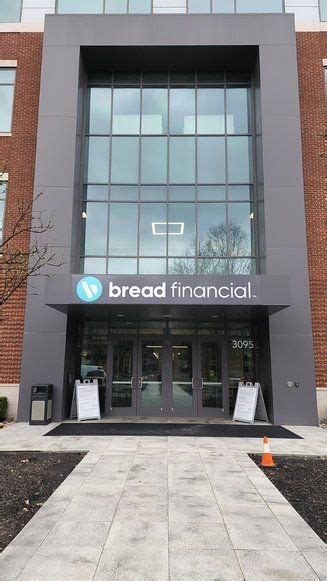Understanding Bread Finance Address: A Complete Guide
Bread Finance, a decentralized finance (DeFi) protocol, doesn't have a single, centralized address like a traditional company. Instead, it operates across various blockchain networks, each with its own set of smart contracts and addresses. Understanding these addresses is crucial for interacting with the platform securely and effectively.
What is a Bread Finance Address?
A Bread Finance address isn't a physical address; it's a unique identifier used for sending and receiving cryptocurrency. These addresses are generated by the smart contracts that govern Bread Finance's functionalities. They're essential for participating in activities like lending, borrowing, yield farming, and trading on the platform.
Understanding the Decentralized Nature: Because Bread Finance is decentralized, there's no single point of failure or control. The addresses you interact with are unique to the specific function and blockchain network you're using. This means that a lending address will be different from a yield farming address, and both may vary across different blockchains.
Key Aspects of Interacting with Bread Finance Addresses:
-
Security: Never share your private keys associated with any Bread Finance address. Compromised keys can lead to the loss of your funds. Be wary of phishing attempts and only interact with the official platform and verified smart contracts.
-
Verification: Before interacting with any address claiming to be related to Bread Finance, meticulously verify its legitimacy. Look for community verification and confirmation through trusted channels and community forums.
-
Network Specificity: Always double-check that you're using the correct network address. Sending tokens to the wrong network will result in irreversible loss of funds. Each blockchain (e.g., Ethereum, Binance Smart Chain) has its unique address structure.
Navigating Bread Finance's Decentralized Structure:
Bread Finance likely interacts with several decentralized applications (dApps) across many networks. Each dApp will have its own set of smart contract addresses responsible for specific functionalities. Therefore, finding the "correct" address depends on your specific action on the platform.
Finding Correct Addresses: The official Bread Finance documentation (if available) and reputable community forums are your best resources for finding the correct and updated addresses for each of their functionalities on various networks.
Safety First: Best Practices for Interacting with DeFi Protocols:
- Use a reputable wallet: Choose a well-established and secure cryptocurrency wallet that's compatible with the relevant blockchain.
- Verify smart contracts: Before interacting with any smart contract, carefully review its code and ensure it aligns with the stated functionality.
- Start small: Begin with small transactions to test the process and mitigate potential risks before investing larger sums.
- Stay informed: Keep yourself up-to-date on the latest security best practices and potential vulnerabilities within the DeFi space.
This guide provides a general understanding of how Bread Finance addresses function. Remember that the decentralized nature of the platform means addresses are numerous and context-specific. Always prioritize security and meticulous verification when interacting with any DeFi protocol. Consult official documentation and trusted community resources for the most up-to-date and accurate information.
